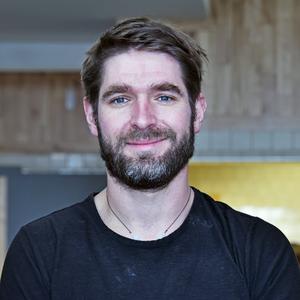Starting a company with just an idea is a gamble.
It’s a nonlinear process that’s daunting yet sometimes rewarding for those willing to go through the twists and turns.
The problem in the Capital Region for potential innovators is where to begin.
Founders and program coordinators alike have said that resources such as grants, venture capital and business development assistance are disjointed and disconnected. Sometimes, it’s unclear what’s actually available and who it’s actually for.
Noa Conger Simons, president and CEO of the Upstate Capital Association of New York, says the issue lies in the structure of the ecosystem itself. Her New Paltz-based association includes angel investors, venture capital investors, growth-equity investors, private-equity investors, financiers and asset-based lenders.
“Investors say there aren’t enough good deals. You listen to entrepreneurs, there isn’t enough capital. And so somewhere in the middle lies the truth,” she said. “In this marketplace, there are a lot of barriers between making efficient connections.”
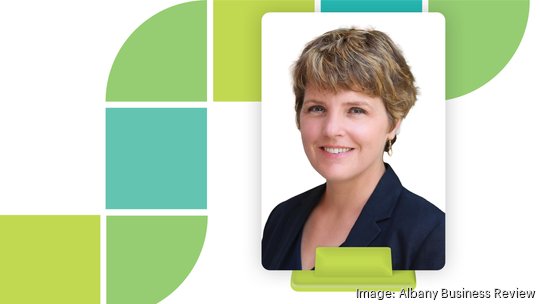
Ironing out that roadmap, so the connections are shorter and stronger, can make a big difference. Better ideas surface, founders get help developing stronger business plans, and promising new companies get off the ground.
“As a startup entrepreneur, you are probably going to find a lot of twists and turns in your path,” Simons said. “And so maybe what you start with isn’t where you’re going to end up. That’s often the case, but who you meet along the way will kind of have a dramatic impact on shaping the journey,”
Here’s a look at how a local startup founder is making his way along that path — and some of the people working to make the journey easier by fostering a culture of innovation.
The start of a startup
Adam Ryason graduated from a Ph.D. program at Rensselaer Polytechnic Institute right as the pandemic was beginning in 2020. He knew he wanted to start a company and settled on an idea that seemed to have perfect timing.
While collaborating with researchers at Harvard Medical School, Ryason realized he could adapt digital technology for simulating physical spaces in a way that could model how infectious diseases spread through a place like a hospital.
“‘We’re on the forefront right now. These are some of the issues that we’re encountering in the operating room,’” he recalls his collaborators telling him at the time. “’If we can come up with a simulation that would help with figuring some of these aspects out, there definitely will be a market for that in the immediate future, as well as further down the line.’”
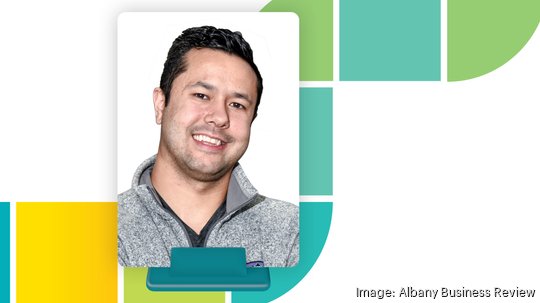
Ryason has been able turn that idea into a startup called Intelligent Medicine, but the obstacles he’s encountered along the way highlight how hard it can be for founders here to grow an innovation into an actual company.
Ryason won about $15,000 competing at student pitch competitions, including the New York Business Plan Competition. He used that money to pay consultants to develop a proof-of-concept product.
Another boost came in the form of a National Science Foundation program that prompted him to sharpen the idea into a product.
And he even started to get some traction with potential customers at local hospitals.
“Pretty much we were able to get people that would say that they were willing to pay money to use this. We got support from different hospitals and different clinicians within the hospitals, saying that this technology would help them with their job.”
Now he needed money to turn the idea into a company. Ryason said he felt like he had to look at higher-level, more competitive grants just to secure early funding.
A missing connection
Maria Pidgeon, interim director of community and economic development at UAlbany, said what’s missing in the region is that link for connecting startups to early-stage funding.
“I think the next step is getting a really good accelerator program here in the Capital Region and being able to have that program provide some initial kind of seed funding for companies to help them off initially, either building a prototype or building out their team,” she said.
UAlbany is home to Innovate518, the Capital Region’s state-funded innovation hotspot. Its goal is to act as a connector between the area’s startup resources.
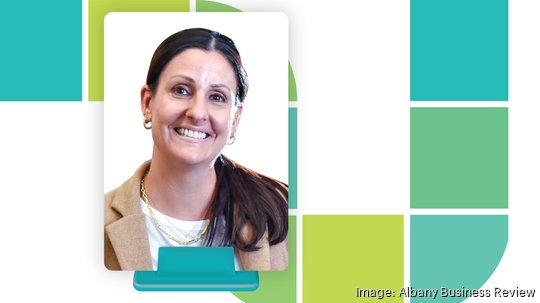
Innovate 518 can be a good first stop for any startup, Pidgeon said. But it’s no substitute for an accelerator, which is a short, intensive program that mentors cohorts of startup founders as they quickly iterate on an idea and, the hope is, eventually land seed investment.
That sort of experience can help startup founders prepare themselves to make a strong pitch to funders, said Simons of the Upstate Capital Association.
“Part of the problem is that a lot of people who have a million ideas are trying to get to the investors, but they aren’t actually investor-ready,” she said. “They’re not prepared and so they’re not getting an audience. So then they say there’s not enough money. They get an audience and they get turned down because, again, they’re not ready.”
Joe Richardson has seen that firsthand.
Richardson is managing partner of Eastern New York Angels, which looks to invest in promising early companies using pooled capital from angel investors. ENYA has $600,000 that it’s been wanting to deploy for two years.
“We’ve looked at a number of companies, but they weren’t ready,” Richardson said.
The missing piece for a lot of startups seeking funding has been a solid business plan, he said. Having that plan shows a level of preparedness. It outlines how entrepreneurs are going to sell their product and how to stand out in the market.
“Investing is really taking place more where there is a more formal product or service, that customer discovery has been done. And in many instances now, where there has been an indication of generating first-stage revenue,” Richardson said.
Another thing funders are looking for: trust.
Simons said it’s never too early for founders to start forming relationships with potential investors.
“Startups should start coming to events when they want to build their networks. Relationships with anybody are based on trust, and the way you build trust is through longevity and through doing what you say you’re going to do.”
Simons encourages startup founders to send out monthly updates on the progress of the idea to build trust and show that goals are being accomplished.
Maintaining the momentum
Short on funding — but long on validation that he had a good idea — Adam Ryason got to work.
He applied for a Small Business Innovation Research grant from the National Science Foundation — twice — and landed $256,000 in March 2022.
Intelligent Medicine grew to three full-time employees, including Ryason, and continued to interview potential clients across the country.
Then Ryason made the decision to join UAlbany’s incubator in order to have access to SUNY resources and researchers as well as having a sounding board for ideas.
That led to Intelligent Medicine receiving $50,000 from Innovate 518’s Shovel Ready Tech Fund. The pre-seed grant, which aims to help local startups make their companies attractive to private investors, is for companies in good standing at one of Innovate 518’s partners.
Intelligent Medicine is using the money to develop the front-end interface that customers will use to interact with its simulation product.
Next up: Raising money for a seed round. Ryason said he’s been preparing to pitch to private investors.
And the company is on the lookout for potential partners to help it reach the next level.
“If we’re able to utilize the resources of, like, Regeneron or CDPHP to help show that, all right, this technology is valid, this technology works and it provides benefit to a major stakeholder — that is usually enough to get a company off the ground."
Q&A: Should you patent your idea?
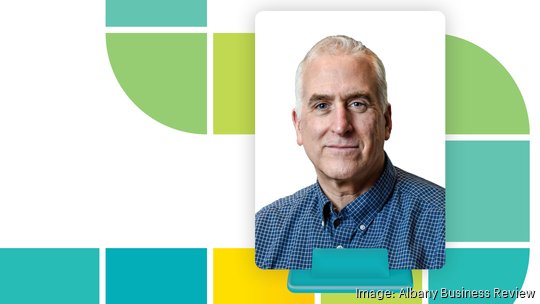
Some startups might develop a concept that requires a patent. John Pietrangelo, a patent agent at Tech Valley Patent, said his No. 1 piece of advice is to file a patent as soon as possible.
Who needs to file a patent? There is a broad scope of types of innovations or companies or entrepreneurs that should consider patent protection. At least talk to someone to make sure whether the invention is subject matter that can be patented. For example, somebody comes up with a new business idea about how to arrange a layout on a screen of a computer for their app. Is that something to be protected with a patent? OK, maybe, maybe not. Compare that to somebody comes up with a medical device, here’s something you definitely want to consider protecting because the market is a potentially big market and it’s very competitive and you want to file something as soon as possible to get your earliest filing date. Remember, you want to file something earlier, because anything that becomes published after you file can’t be used against you.
When should they file? Ideally you want to reach out to a patent agent or a patent attorney before you’re disclosing it to someone. Before you’re talking with investors, before you bring it to the machine shop to make parts for it, before you draft and before you have your technical article published in a professional journal, because that’s when it becomes public.
What should they file? A provisional application is an application you file to get an earlier filing date. A provisional application does not mature into a patent. When you file a provisional, you’re given one year from that filing date to file the regular nonprovisional application. That nonprovisional application matures into a patent.
I work with many clients that say they’re developing an invention. Well, they’ve only gotten so far, so they file a number of provisionals within that one-year period as the invention develops. So within that one-year period you get improvements, which is typical as six months down the road the idea changes. You can file another provisional application within that one-year period and then combine them into the nonprovisional within a year.
Interview has been edited and condensed.

